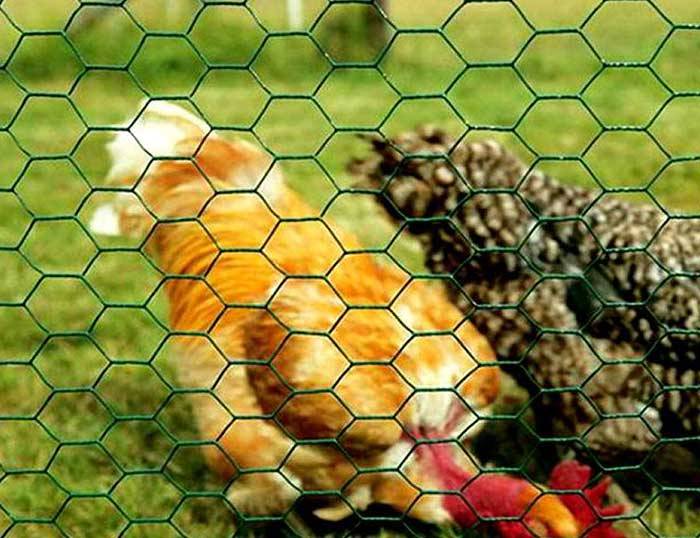The Aesthetic and Functional Appeal of Hex Perforated Metal
In the world of architecture and design, materials play a crucial role in shaping environments. Among these materials, hex perforated metal stands out for its unique combination of aesthetic appeal and functional versatility. This type of metal features a hexagonal pattern of perforations, offering a fascinating visual texture while maintaining structural integrity and performance.
The Design Potential of Hex Perforated Metal
Hex perforated metal is increasingly favored in contemporary design for its striking geometric patterns. The hexagon, a shape that embodies balance and harmony, creates a dynamic visual effect when integrated into facades, screens, and architectural elements. Its ability to diffuse light and create intriguing shadow patterns enhances the overall atmosphere of a space, making it a popular choice for both interior and exterior applications.
In addition to aesthetics, hex perforated metal provides practical solutions for a variety of design challenges. It allows for air and light circulation, making it an excellent option for ventilation applications in buildings. Designers often use this material in sunscreens or exterior shading systems, as it can effectively reduce solar heat gain while still allowing natural light to filter through.
Versatility in Applications
Beyond architectural design, hex perforated metal finds utility across various industries. In the automotive sector, it is used in speaker grilles, providing both protection and functionality while enhancing the overall design of vehicle interiors. In furniture design, hex perforated panels add an element of style, often used in tables and chairs to create a modern aesthetic that remains inviting and functional.
hex perforated metal
Another notable application is in the realm of art. Artists and designers use hex perforated metal to create installations that interact with light and shadow, resulting in pieces that evolve with the environment throughout the day. This adaptability makes it an exciting medium for contemporary artists looking to push the boundaries of material use.
Sustainability Considerations
As sustainability continues to be a guiding principle in design, hex perforated metal holds advantages in this arena as well. Often made from recyclable materials such as steel or aluminum, its reusability contributes to reduced environmental impact. Additionally, the lightweight nature of perforated metal means that less material is required for construction, further promoting resource efficiency.
Moreover, its durability ensures that hex perforated metal products have a long lifecycle, minimizing the need for replacements and reducing waste. As architects and designers increasingly prioritize eco-friendly materials, hex perforated metal aligns well with these sustainability goals.
Conclusion
The use of hex perforated metal in design encapsulates the intersection of form and function. Its unique patterns offer an artistic flair while providing practical benefits such as ventilation, light diffusion, and structural integrity. From architecture to furniture and art, hex perforated metal proves to be a versatile material that meets the demands of modern aesthetics and functionality.
As industries continue to evolve, the appeal of hex perforated metal is likely to grow, offering endless possibilities for creative solutions. Whether found in skyscrapers, automotive designs, or contemporary art, hex perforated metal resonates with those who appreciate the beauty of geometric precision combined with practical utility. Its enduring popularity is a testament to its ability to adapt and thrive across a range of applications, making it an invaluable resource for designers and architects alike.























